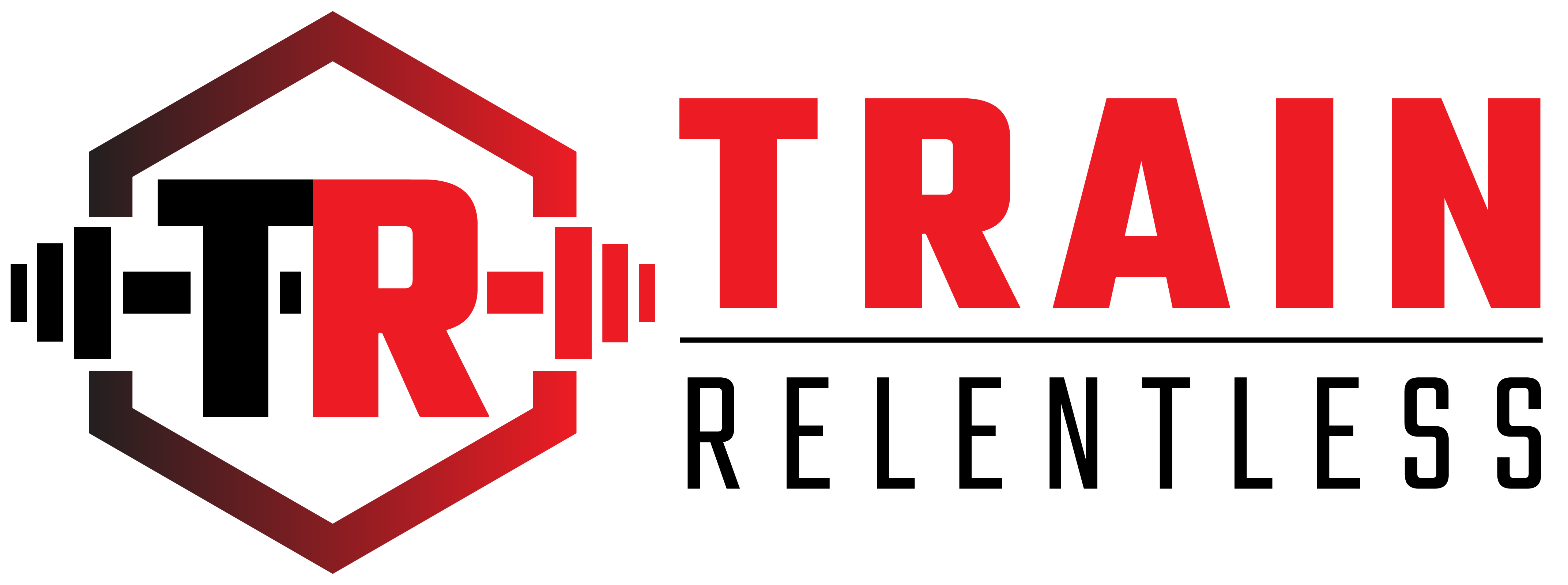What if we told you that the key to a healthy life was as simple as going back in time?
The Paleolithic Diet, also known as the Caveman Diet, is based on the idea that humans should eat as their ancestors did thousands of years ago.
Advocates of this diet believe that it can help reduce inflammation, improve heart health, and reduce the risk of chronic diseases.
But does the science really support these claims? Or is the Paleolithic Diet just another fad?
In this post, we’ll take a closer look at these questions!
The Basics
Keto, paleo, fasting… We’ve heard countless new and fancy names of dietary approaches.
With this in mind, you’re probably thinking “another fad diet…”.
But well, the truth is that out of all the fancy-named diets, the paleo diet is perhaps one with the oldest origins.
The paleolithic diet, as we mentioned briefly in the intro, aims to translate the eating habits of our ancestors from the Paleolithic Era.
Essentially, paleo is a modern-day interpretation of the cave-man type of eating.
Caveman VS Modern-Man
Alright, the idea behind paleo sounds quite compelling – Remove the modern-day crap foods and focus on foods our caveman ancestors would eat, improve health.
But really, how do we compare with those ancestors of ours?
Well, tens of thousands of years ago, our ancestors used to live in hunter-gatherer societies.
Though our societies are massively different now, the way the body functions hasn’t changed all that much.
However, what changed is how we treat the body and how it looks on the outside.
Hunter-gatherers were significantly muscular, because, well they had to use their muscles to get their food!
They were athletic, quick, and strong.
And let’s be real, nowadays it’s the exact opposite – Obesity is a pandemic, and there is a flurry of chronic diseases caused by our modern-day habits.
The Premise
So essentially, the idea of the paleolithic diet is that the development of agriculture has led to two things.
Number one, it led to humans becoming less active, which is the first checkpoint of a weaker, less healthy body.
Number two, all the plant crops we started feeding ourselves with had way worse nutritional profiles and weren’t as valuable for the body.
A sedentary life, combined with worse food, has, in turn, led to the development of a variety of chronic diseases.
The premise of the paleo diet is that if we get back to eating as it used to be, it will help us nourish the body and live longer without these modern-day chronic diseases.
The Paleo Foods
In essence, the ‘forbidden’ foods on the paleo list are any and all grain and legume crops, as well as any sugar and processed foods.
Grain and legume crops on the forbidden list include:
- Corn
- Rice
- Beans
- Wheat
- Chickpeas
These are mainly excluded because of their poor nutrient profile AND because we wouldn’t find them in nature.
On top of that, these foods contain anti-nutrients, which supposedly may lead to a variety of disruptions in the body.
With these foods out of the way, the paleo diet permits the following products:
- Fish
- Eggs
- Beef meat
- Beef organs
- Fruits
- Nuts
- Potatoes
- Sweet potatoes
- Beetroot
A Short Rant
In the context of health, paleo advocates have it right. What they are trying to do, is exclude all the health-destroying aspects of modern-day living.
Those are namely processed foods that easily lead to overeating and in turn, obesity.
So really, if you want to be healthy, there are a couple of things you have to do:
- Be in normal body composition (normal muscle:fat ratios)
- Be active
- Eat nourishing, nutrient-rich foods
- Sleep well
- Avoid toxic habits
With this in mind, regardless of whether you decide to call it paleo, carnivore, or whatever, focusing on whole, nutrient-rich foods is a must when it comes to meeting the needs of your body and optimizing health.
Have you tried the paleo diet, and if yes, what was your experience with it? Comment below!
